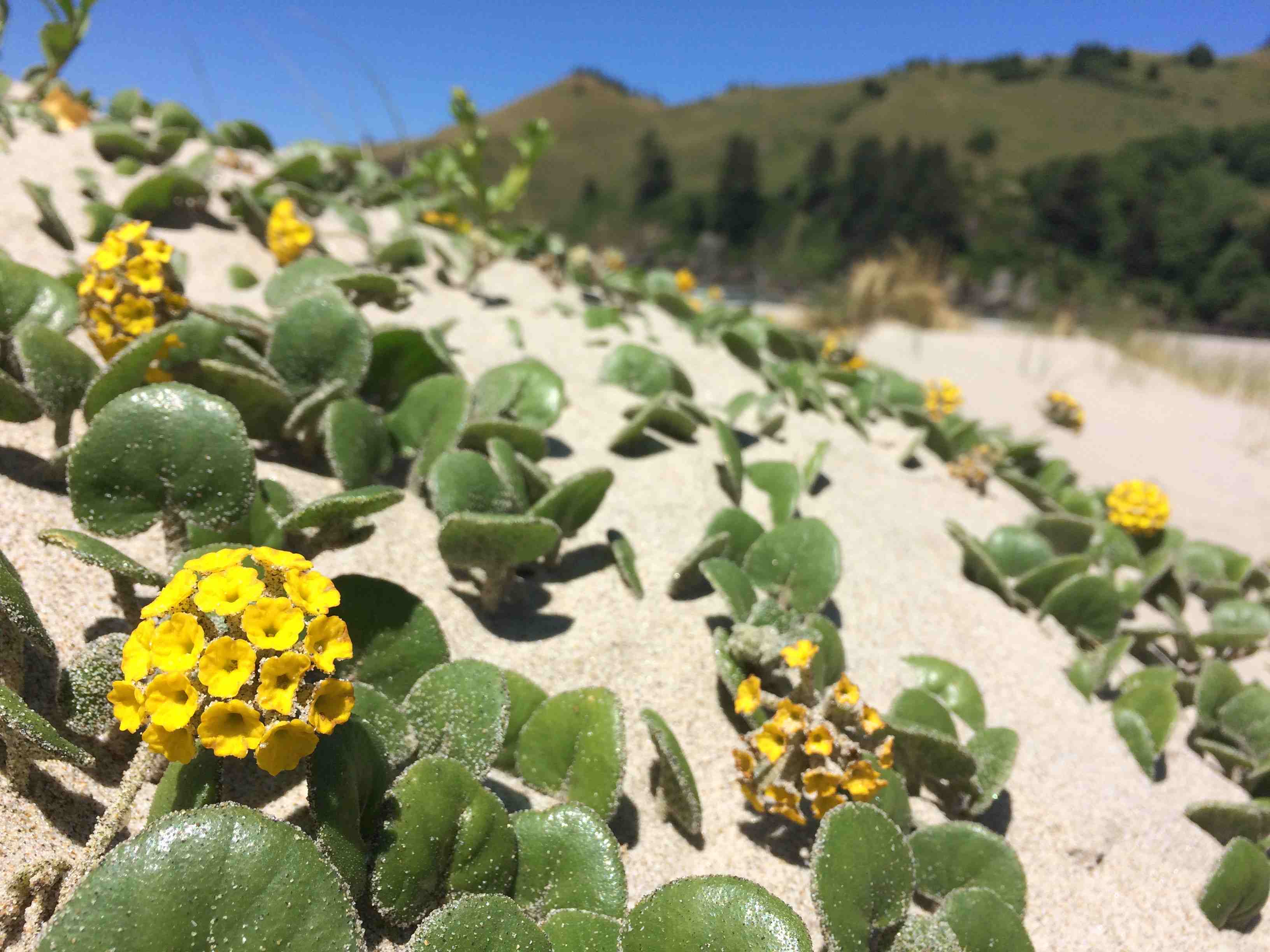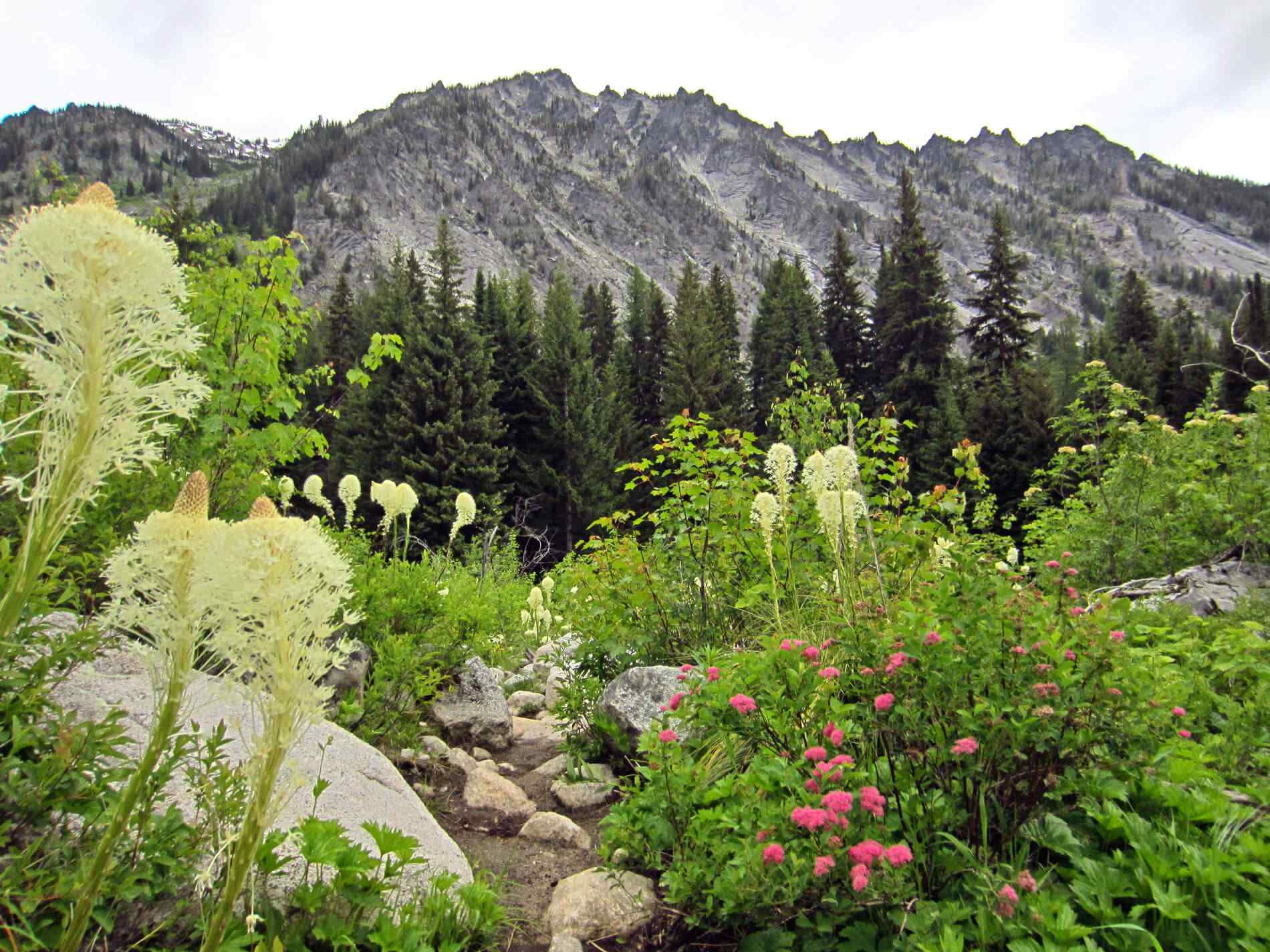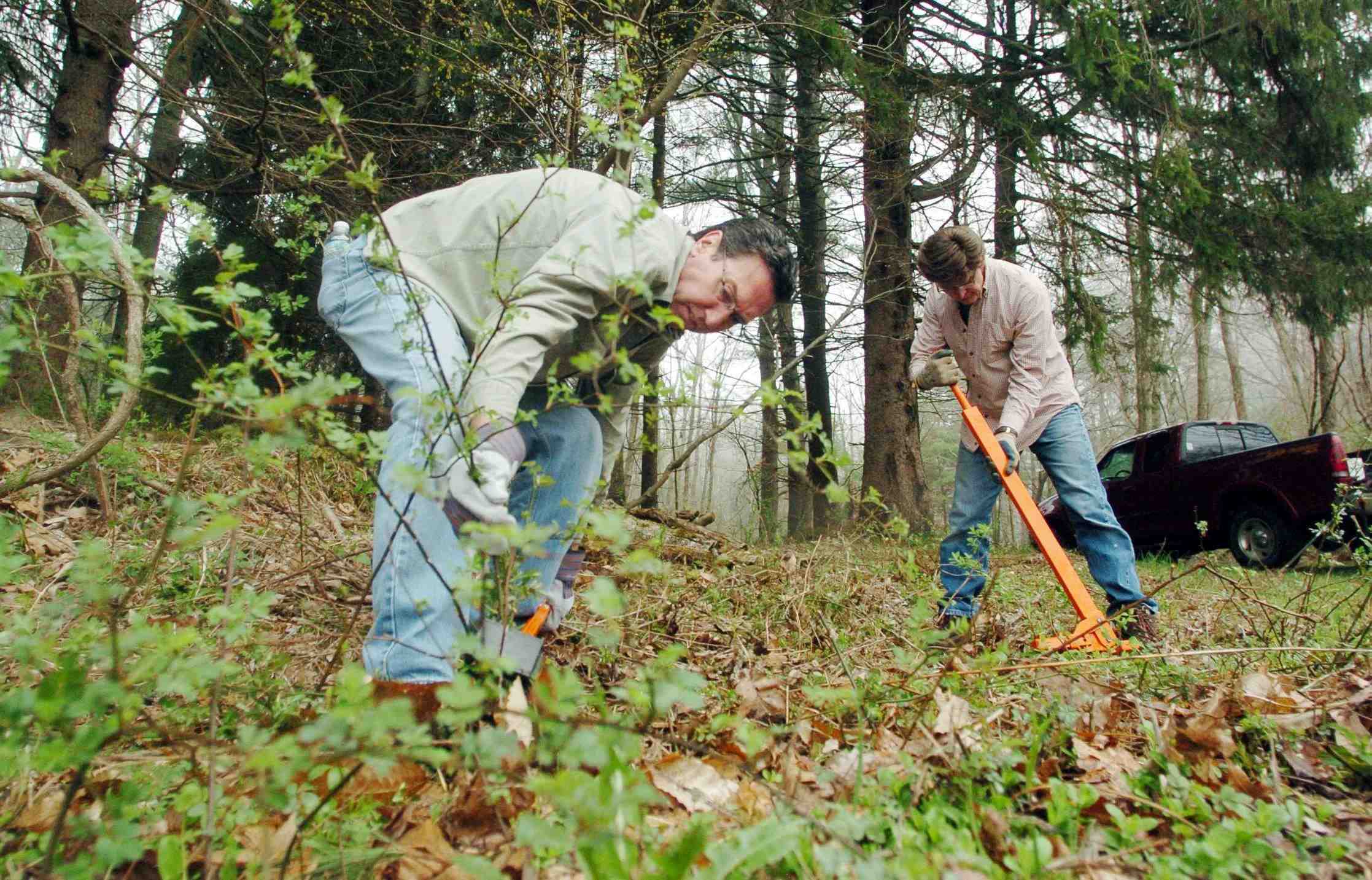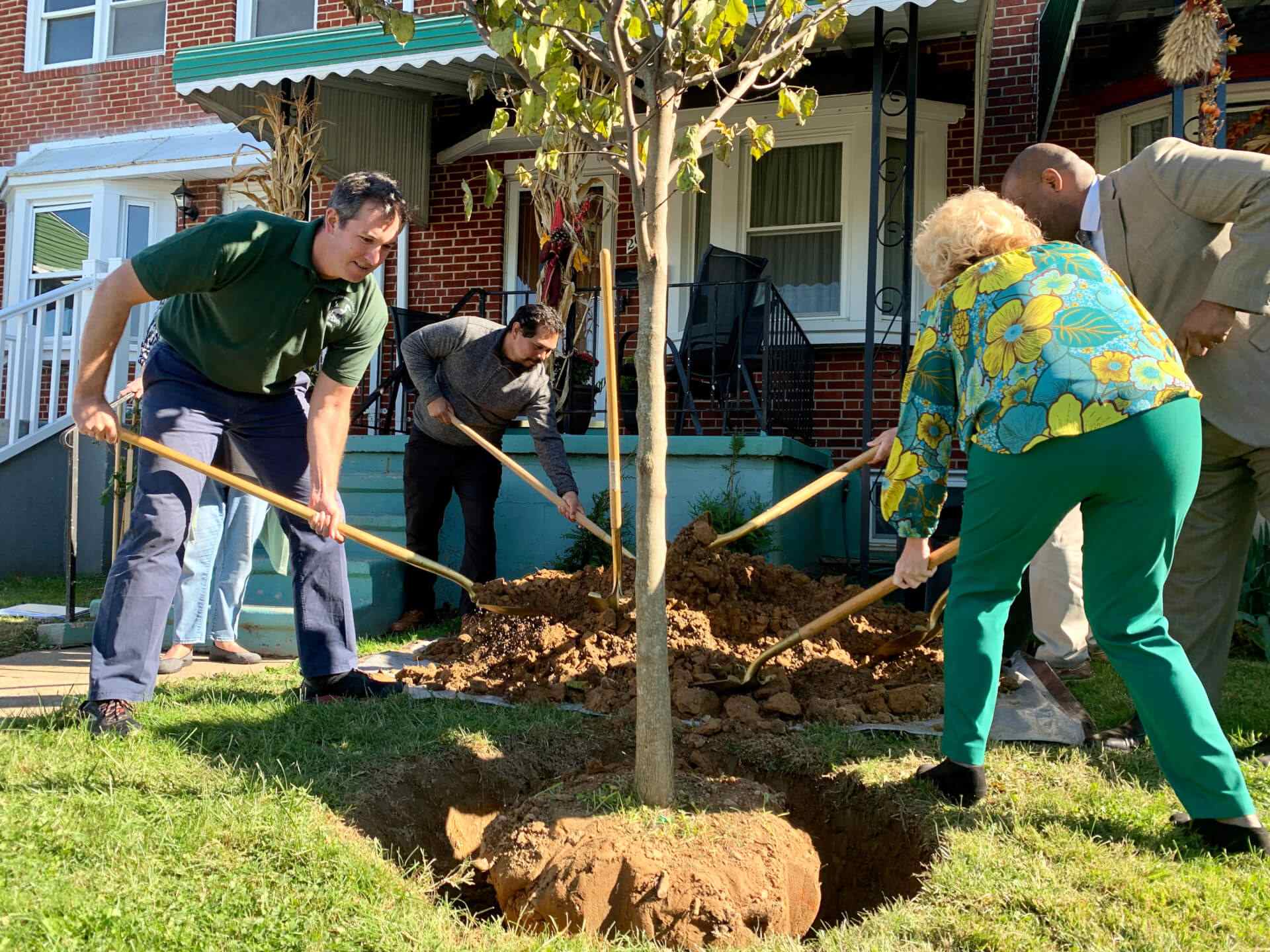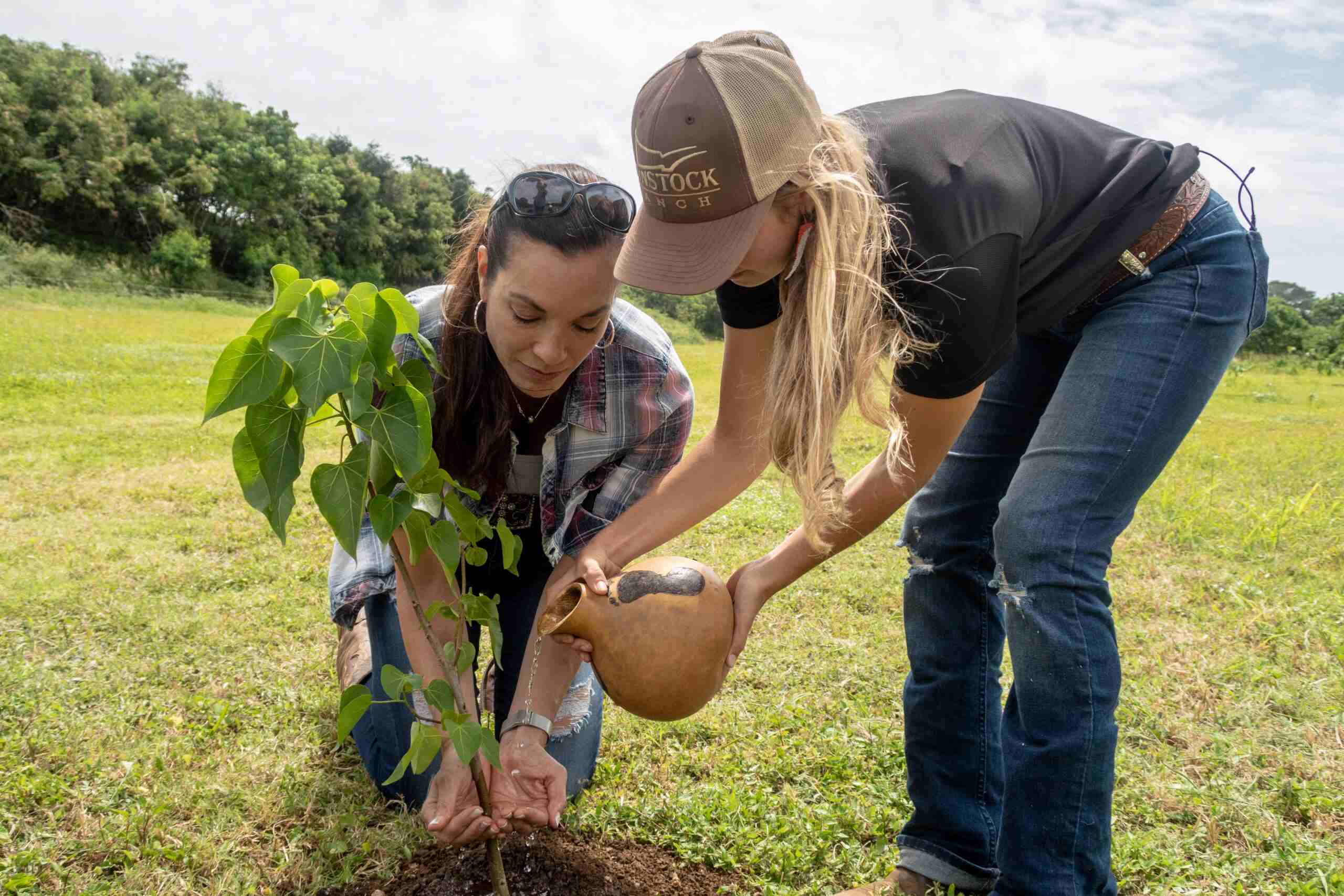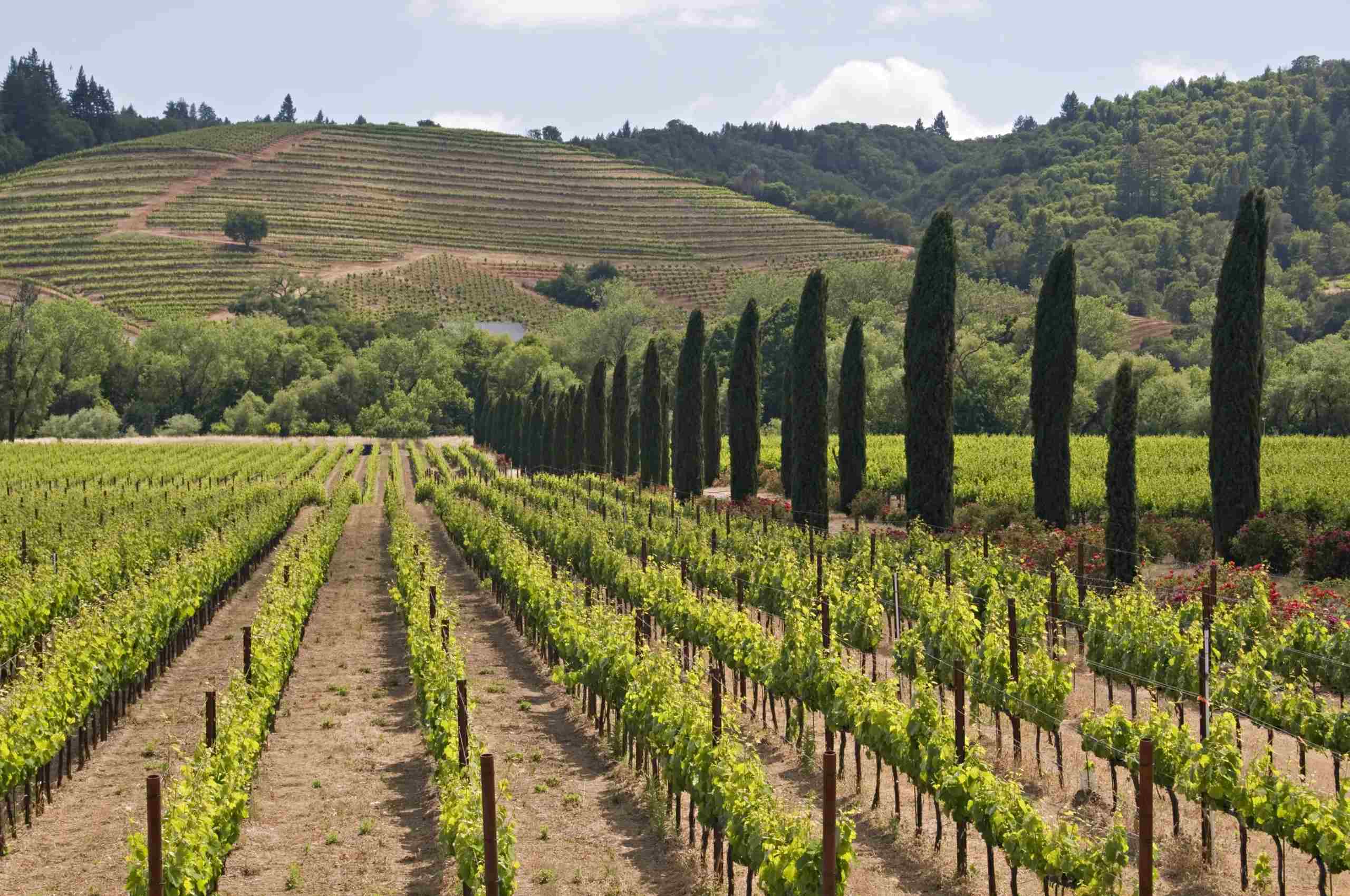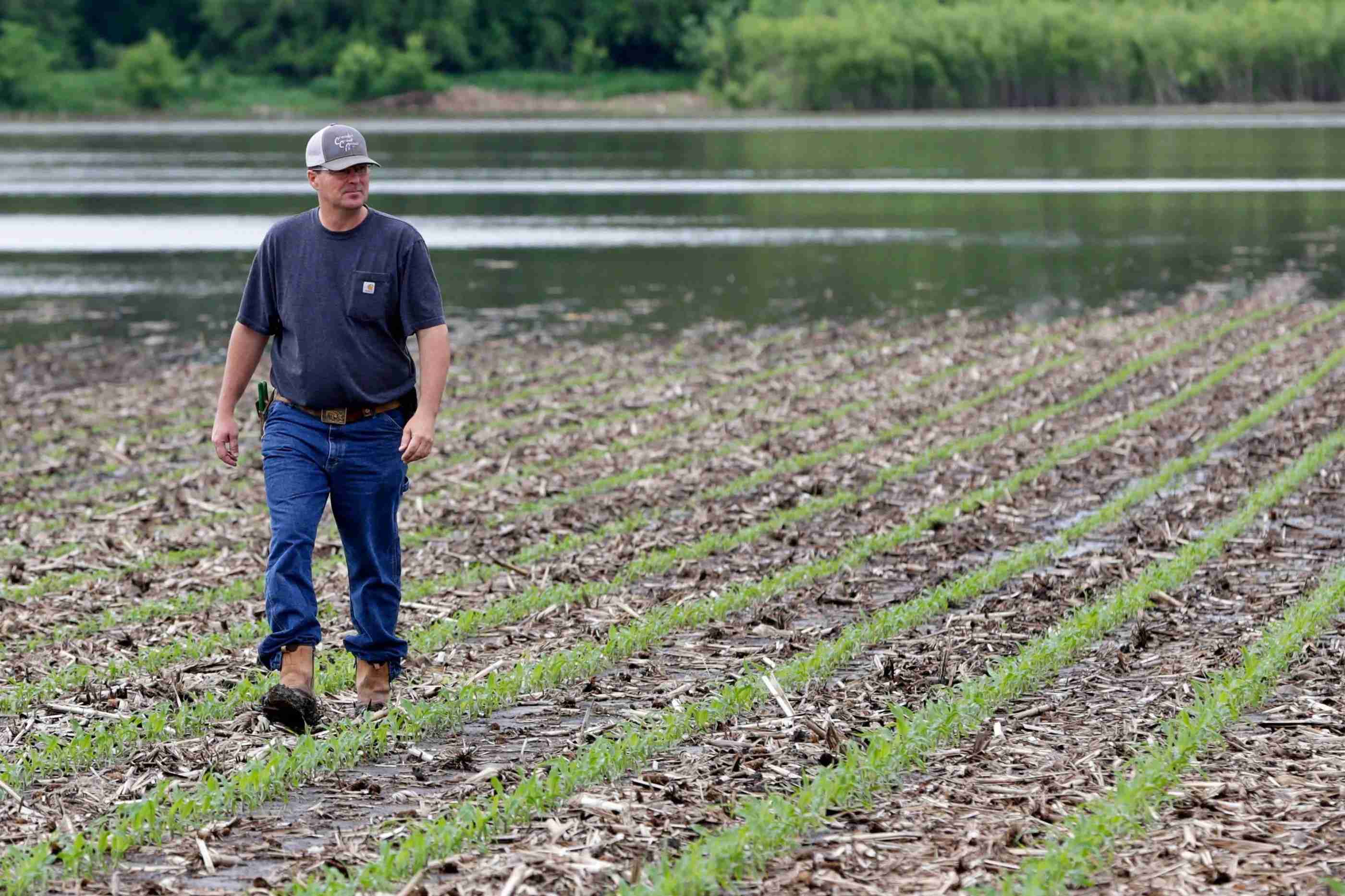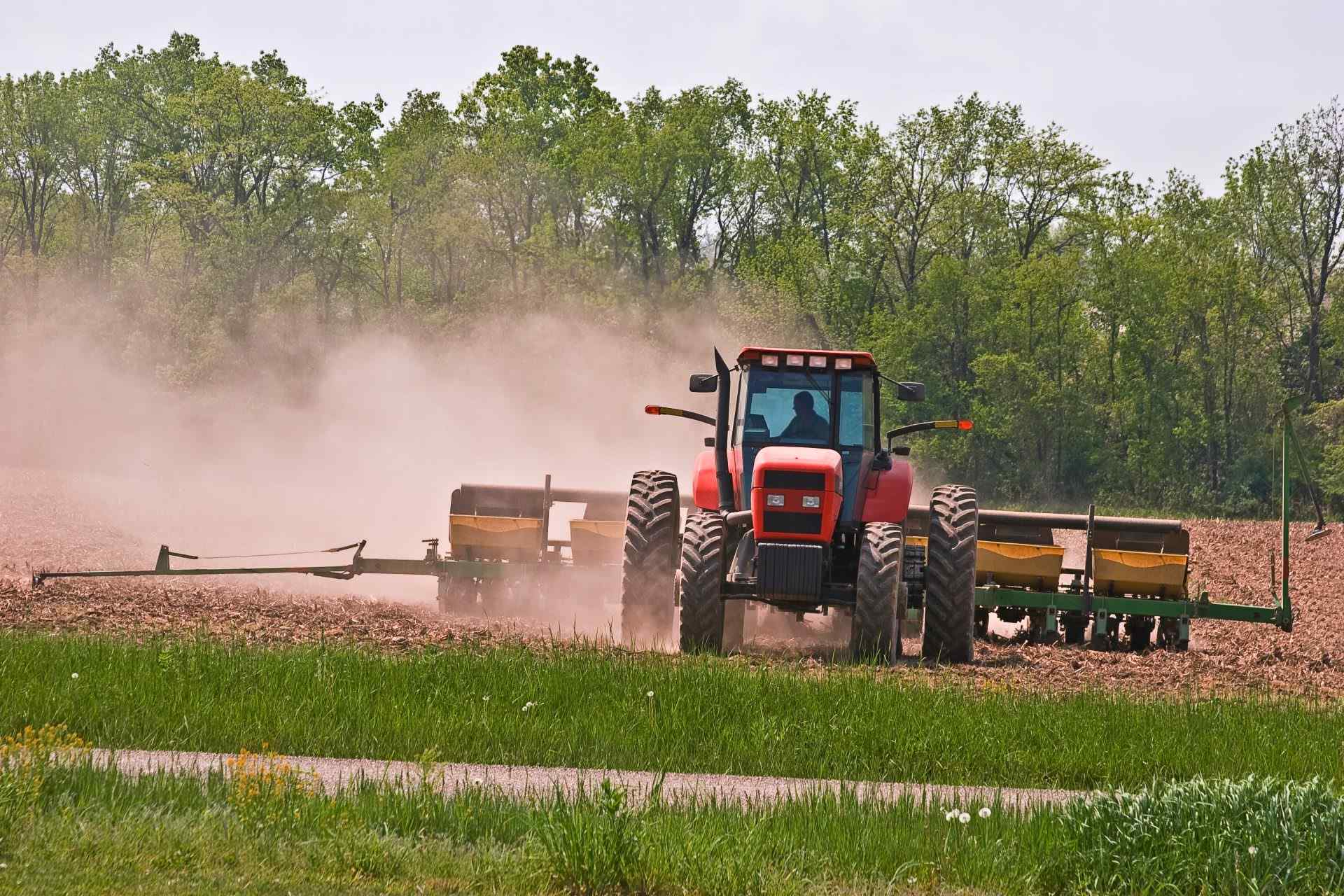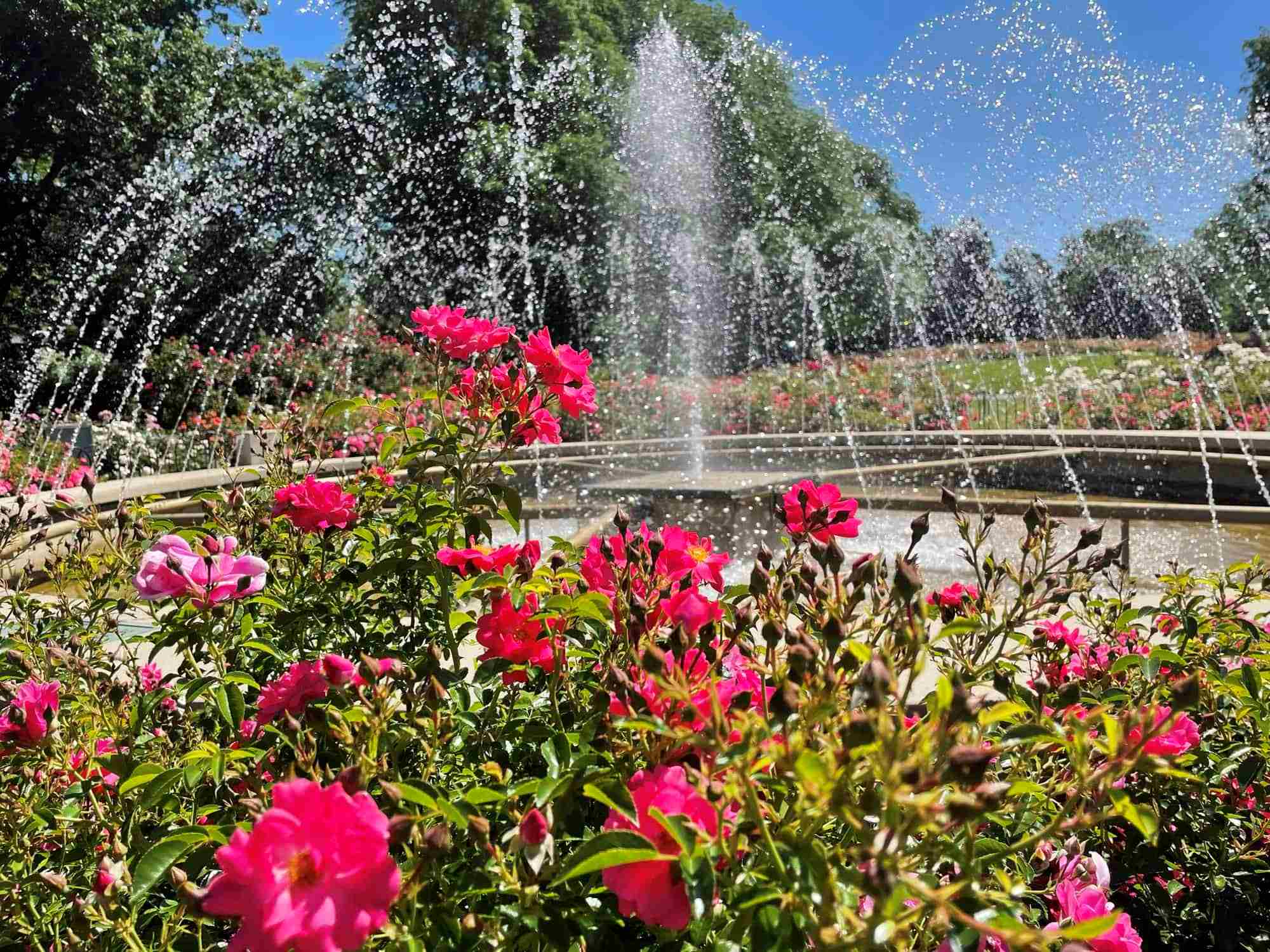Home>Gardening Basics>Understanding Soil>What Planting Zone Is South Dakota
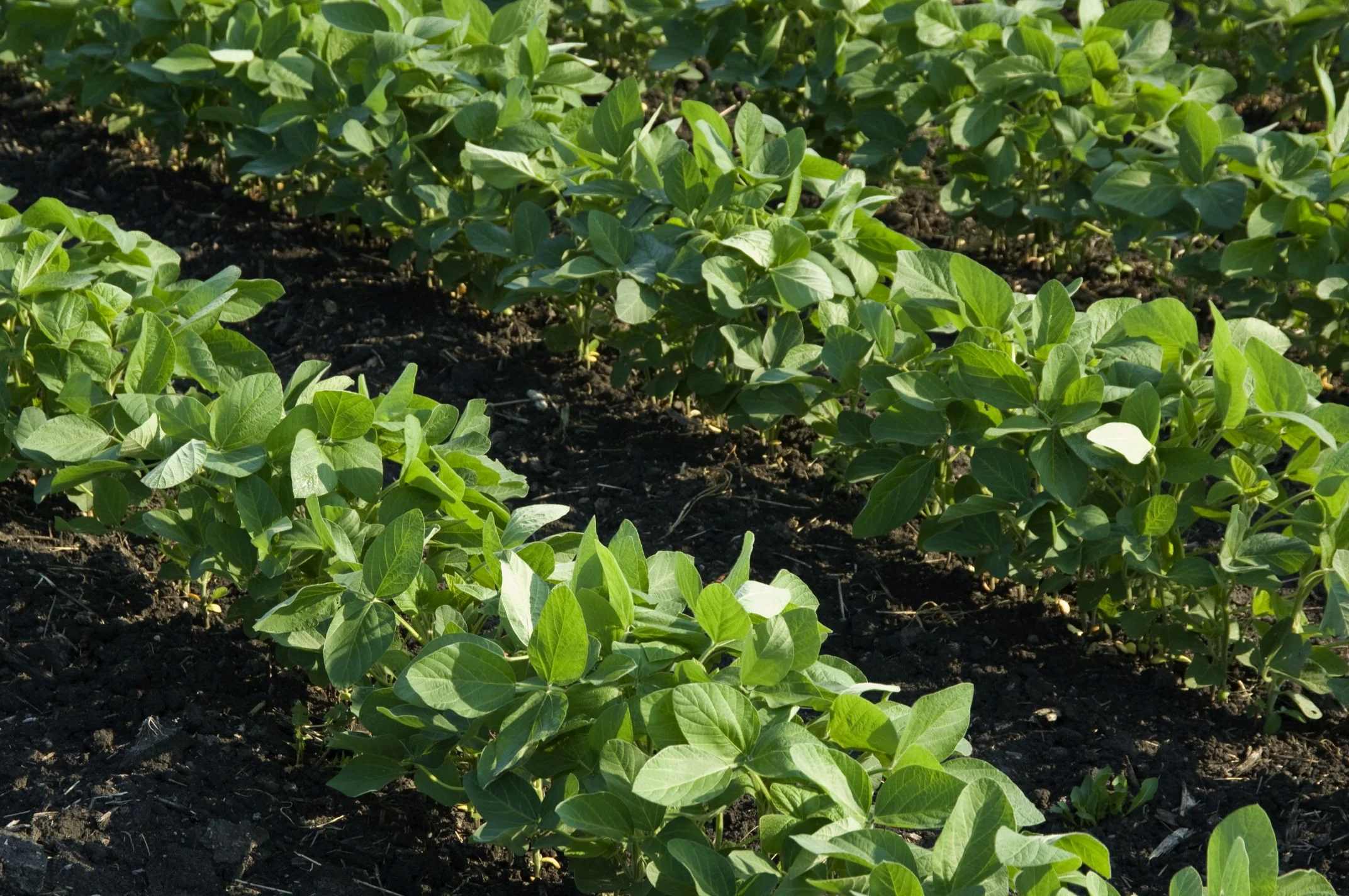

Understanding Soil
What Planting Zone Is South Dakota
Modified: January 22, 2024
Discover the planting zone for South Dakota and learn about understanding soil. Find out how to optimize your gardening efforts with this informative guide.
(Many of the links in this article redirect to a specific reviewed product. Your purchase of these products through affiliate links helps to generate commission for Chicagolandgardening.com, at no extra cost. Learn more)
Table of Contents
Introduction
Welcome to the fascinating world of planting zones and the unique climate of South Dakota! If you are an avid gardener or simply someone who enjoys spending time outdoors cultivating plants, understanding your planting zone is crucial. Knowing your planting zone helps you select the right plants that can thrive in your specific climate, ensuring a successful and flourishing garden.
In this article, we will explore the concept of planting zones, delve into the specific climate of South Dakota, and uncover how to determine the appropriate planting zone for your area. We will also provide valuable information on the USDA Plant Hardiness Zone Map, which is a valuable tool for every gardener. Additionally, we will discuss the various factors that influence planting zones in South Dakota and conclude with a list of recommended plants suitable for the different zones in the state. So, let’s dive in and discover the wonders of South Dakota’s planting zones!
South Dakota, located in the heart of the Midwest, experiences a unique climate characterized by cold winters and hot summers. Its continental climate is influenced by its inland location, with relatively low humidity and a wide range of temperatures throughout the year. Understanding the specific characteristics of the state’s climate is essential for successful gardening and landscaping endeavors.
Now that we have laid the foundation, let’s move on to understanding the concept of planting zones and how they help us determine the ideal plants for our South Dakota gardens.
Understanding Planting Zones
Planting zones, also known as hardiness zones, are geographical areas that are categorized based on their average annual minimum temperature. These zones provide valuable information to gardeners and horticulturists about the types of plants that can survive and thrive in specific regions.
The concept of planting zones was developed by the United States Department of Agriculture (USDA) to provide a standardized system for gardeners to understand which plants are suitable for their particular climate. The USDA Plant Hardiness Zone Map is the most widely used tool for determining planting zones in North America.
The USDA Plant Hardiness Zone Map divides the United States into 13 different zones, ranging from Zone 1, which experiences the coldest temperatures, to Zone 13, which has the mildest climate. Each zone is further divided into subzones, denoted by letters A and B, to provide a more precise classification.
Understanding your planting zone is crucial because it determines the types of plants that are likely to thrive in your area. Different plants have different temperature requirements, and planting them outside their recommended zone can lead to poor growth, susceptibility to diseases, and even death.
It is important to note that planting zones are not the only factor to consider when selecting plants for your garden. Other factors such as soil type, sunlight exposure, and moisture levels also play a significant role in determining plant suitability. However, knowing your planting zone provides a helpful starting point in selecting plants that have a higher chance of success in your specific climate.
Now that we have a basic understanding of planting zones, let’s move on to explore the unique climate characteristics of South Dakota and how they influence the planting zones in the state.
South Dakota’s Climate
South Dakota’s climate is classified as a humid continental climate, characterized by its four distinct seasons. The state experiences cold and snowy winters, with average temperatures dropping well below freezing. Summers, on the other hand, are hot and can reach temperatures in the 90s°F (32°C) or higher. The climate is influenced by its inland location, far from any major bodies of water, resulting in relatively low humidity levels.
One of the defining features of South Dakota’s climate is its significant temperature variations throughout the year. Spring and fall can bring rapid temperature fluctuations, with warm days followed by cold nights. This can pose challenges for gardeners, as sudden frosts or freezes can damage or kill sensitive plants.
Precipitation in South Dakota is relatively evenly distributed throughout the year, although the eastern part of the state tends to receive slightly more rainfall than the western regions. The summer months typically see the highest amount of rainfall, supporting the growth and development of plants during their active growing seasons.
The unique climate of South Dakota presents both opportunities and challenges for gardeners and landscapers. It requires careful consideration and selection of plants that can withstand the temperature extremes and fluctuating weather conditions.
Now that we have gained an understanding of South Dakota’s climate, let’s explore how to determine the appropriate planting zone for your specific location in the state.
Determining South Dakota’s Planting Zone
Determining the planting zone specific to your location in South Dakota is an important step in selecting plants that are suitable for your region. To determine your planting zone, you can refer to the USDA Plant Hardiness Zone Map or use online tools that provide zone-specific information based on your ZIP code or city.
The USDA Plant Hardiness Zone Map divides South Dakota into different zones based on average annual minimum temperatures. These zones range from Zone 3 in the coldest areas of the state, where temperatures can drop as low as -40°F (-40°C), to Zone 5 in the mildest regions, where the minimum temperatures range from -10°F to -20°F (-23°C to -29°C).
To determine your specific planting zone, locate your area on the USDA Plant Hardiness Zone Map or enter your ZIP code or city into an online plant hardiness zone finder. These tools will provide you with the relevant information, including the corresponding zone and the average minimum temperatures for your location.
Keep in mind that the USDA Plant Hardiness Zone Map provides a general guideline for plant selection, but it is not the sole factor to consider. Factors such as microclimates within your garden or land, elevation, proximity to bodies of water, and exposure to wind can influence the actual growing conditions in your specific location.
Once you have determined your planting zone, you can use this information as a starting point for selecting plants that are more likely to thrive in your area’s climate. It is essential to choose plants that are recommended for your specific zone to ensure their success and longevity in your garden.
Now that we understand how to determine South Dakota’s planting zone, let’s explore the USDA Plant Hardiness Zone Map in more detail and its significance in gardening and horticulture.
USDA Plant Hardiness Zone Map
The USDA Plant Hardiness Zone Map is a valuable tool for gardeners and horticulturists to determine the appropriate planting zone for their specific region. This map divides the United States into 13 different zones, each representing a range of average annual minimum temperatures.
The USDA Plant Hardiness Zone Map provides a visual representation of the zones, allowing gardeners to easily identify their specific zone and make informed decisions about which plants are most likely to thrive in their area. The map is color-coded, with each zone distinguished by a specific color or pattern.
It is important to note that the USDA Plant Hardiness Zone Map is based solely on average annual minimum temperatures and does not take into account other climate factors such as heat, humidity, or rainfall. Therefore, it is advisable to also consider local climate conditions and microclimates within your specific area when selecting plants for your garden.
The map is constantly updated to reflect changes in climate patterns and is widely used as a reference tool by gardeners, nurseries, and agricultural professionals across the United States. It assists in determining which plants are most likely to survive and thrive in specific regions, helping to avoid potential losses due to inappropriate plant selection.
In addition to providing valuable information for gardeners, the USDA Plant Hardiness Zone Map is also useful for crop selection in agriculture, aiding farmers in determining which crops are best suited for their particular region.
Many online resources and gardening tools provide easy access to the USDA Plant Hardiness Zone Map. By simply entering your ZIP code or city, you can quickly identify your planting zone and access detailed information regarding the average minimum winter temperatures for your area.
Now that we have explored the USDA Plant Hardiness Zone Map, let’s move on to discuss the various factors that can affect planting zones in South Dakota.
Factors Affecting Planting Zones in South Dakota
While the USDA Plant Hardiness Zone Map provides a general guideline for determining planting zones in South Dakota, it is important to consider several factors that can influence the actual growing conditions in specific areas. These factors include microclimates, elevation, proximity to bodies of water, and exposure to wind.
Microclimates are small-scale variations in climate within a larger region. Factors such as the amount of sun or shade, the presence of nearby buildings or trees, and the type of soil can create microclimates with slightly different temperature ranges. These variations may result in differences in growing conditions compared to the broader planting zone.
Elevation plays a significant role in determining plant hardiness in South Dakota. Higher elevations are generally colder than lower elevations, so plants grown at higher elevations may need to be hardier and more tolerant of extreme temperatures. If your garden is located at a higher elevation, it is essential to select plants that can withstand the harsher conditions.
Proximity to bodies of water can help moderate temperatures and minimize temperature extremes in certain areas. Areas near large bodies of water, such as lakes or rivers, may experience slightly warmer winters and cooler summers compared to inland areas. This can create microclimates that allow for the cultivation of less hardy plant species.
Wind exposure is another important factor to consider when determining the appropriate planting zone in South Dakota. Strong winds can increase evaporation and accelerate plant transpiration, leading to drier soil conditions. Additionally, wind can cause cold damage to plants, especially during the winter months. Protecting plants from harsh winds or selecting wind-tolerant species can help mitigate these challenges.
It is important to remember that planting zones are not fixed and can be influenced by various factors. Climate change, urban heat island effects, and other environmental factors can gradually shift planting zones over time. Staying informed about local weather patterns and observing the specific conditions in your area will help you make informed decisions about plant selection.
Now that we understand the factors that can affect planting zones in South Dakota, let’s move on to explore recommended plants for the different planting zones in the state.
Recommended Plants for South Dakota’s Planting Zones
South Dakota’s diverse climate and varying planting zones offer an array of plant options for gardeners and landscaping enthusiasts. Here are some recommended plants that are well-suited for the different planting zones in South Dakota:
Zone 3:
- Shrubs: Arctic Fire Dogwood, Hardy Hibiscus, Ninebark
- Trees: Colorado Spruce, Paper Birch, Trembling Aspen
- Perennials: Purple Coneflower, Helenium, Russian Sage
Zone 4:
- Shrubs: Lilac, Spirea, Hydrangea
- Trees: Eastern Redbud, Serviceberry, Green Ash
- Perennials: Daylilies, Black-eyed Susans, Hostas
Zone 5:
- Shrubs: Forsythia, Mock Orange, Rose of Sharon
- Trees: Sugar Maple, Red Oak, River Birch
- Perennials: Peonies, Bearded Iris, Sedum
These are just a few examples of plants that thrive in specific planting zones. It is crucial to consider other factors such as soil type, sunlight exposure, and moisture levels when selecting plants for your garden. Consult with local nurseries, gardening experts, or extension offices for specific recommendations based on your zone and unique conditions.
Additionally, incorporating native plants into your landscape is an excellent idea as they are well-adapted to the local climate and can offer numerous benefits, including support for local wildlife and conservation efforts.
Remember to provide proper care and maintenance for your plants to ensure their health and longevity. Regular watering, pruning, and fertilizing are essential tasks to keep your garden flourishing.
Now that we have explored recommended plants for South Dakota’s planting zones, let’s conclude our article with a brief summary of what we’ve learned.
Conclusion
In conclusion, understanding your planting zone is essential for successful gardening in South Dakota. The USDA Plant Hardiness Zone Map provides a valuable guide for determining the appropriate plants for your specific climate. However, it is important to consider other factors such as microclimates, elevation, proximity to bodies of water, and wind exposure, as they can influence the actual growing conditions in your area.
South Dakota’s climate presents its own unique challenges and opportunities for gardeners. With cold winters, hot summers, and significant temperature variations, selecting plants that can withstand these conditions is crucial. By selecting plants recommended for your planting zone and understanding the specific needs of each plant species, you can create a thriving and beautiful garden.
Remember to consult local experts, such as nurseries, gardening professionals, or extension offices, for specific plant recommendations based on your area’s planting zone and conditions. Native plants are also a great choice as they are well-adapted to the local environment and can support local wildlife.
Proper care and maintenance are vital to ensuring the health and longevity of your plants. Regular watering, pruning, and fertilizing will help your garden thrive throughout the seasons.
So, take the time to determine your planting zone, research suitable plants, and embark on a gardening adventure that will bring beauty and joy to your outdoor space. Happy gardening in South Dakota’s diverse planting zones!
